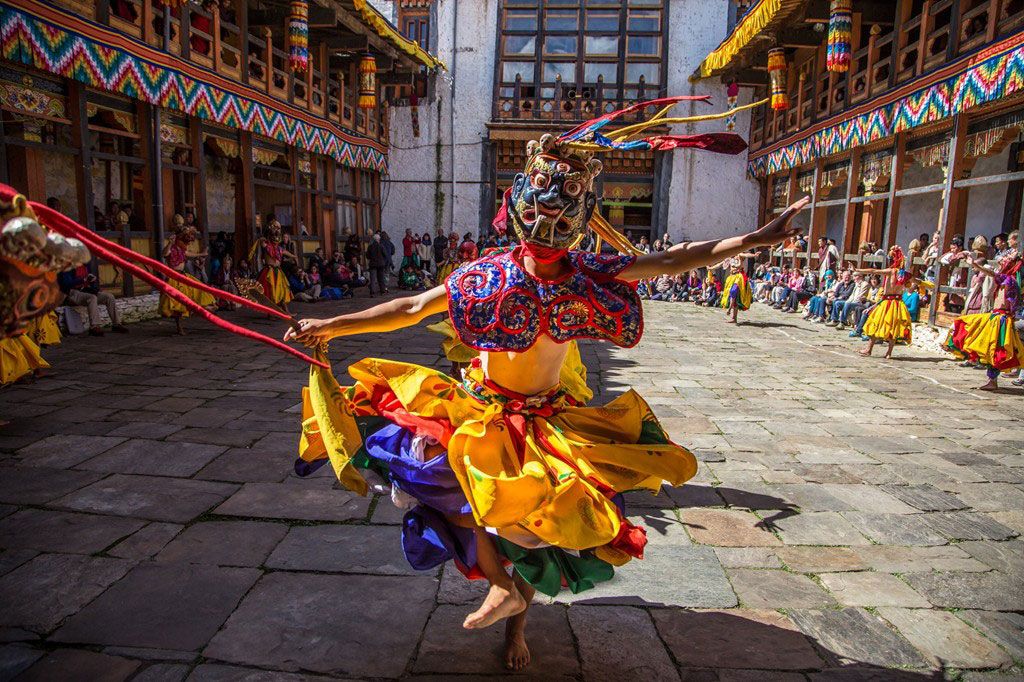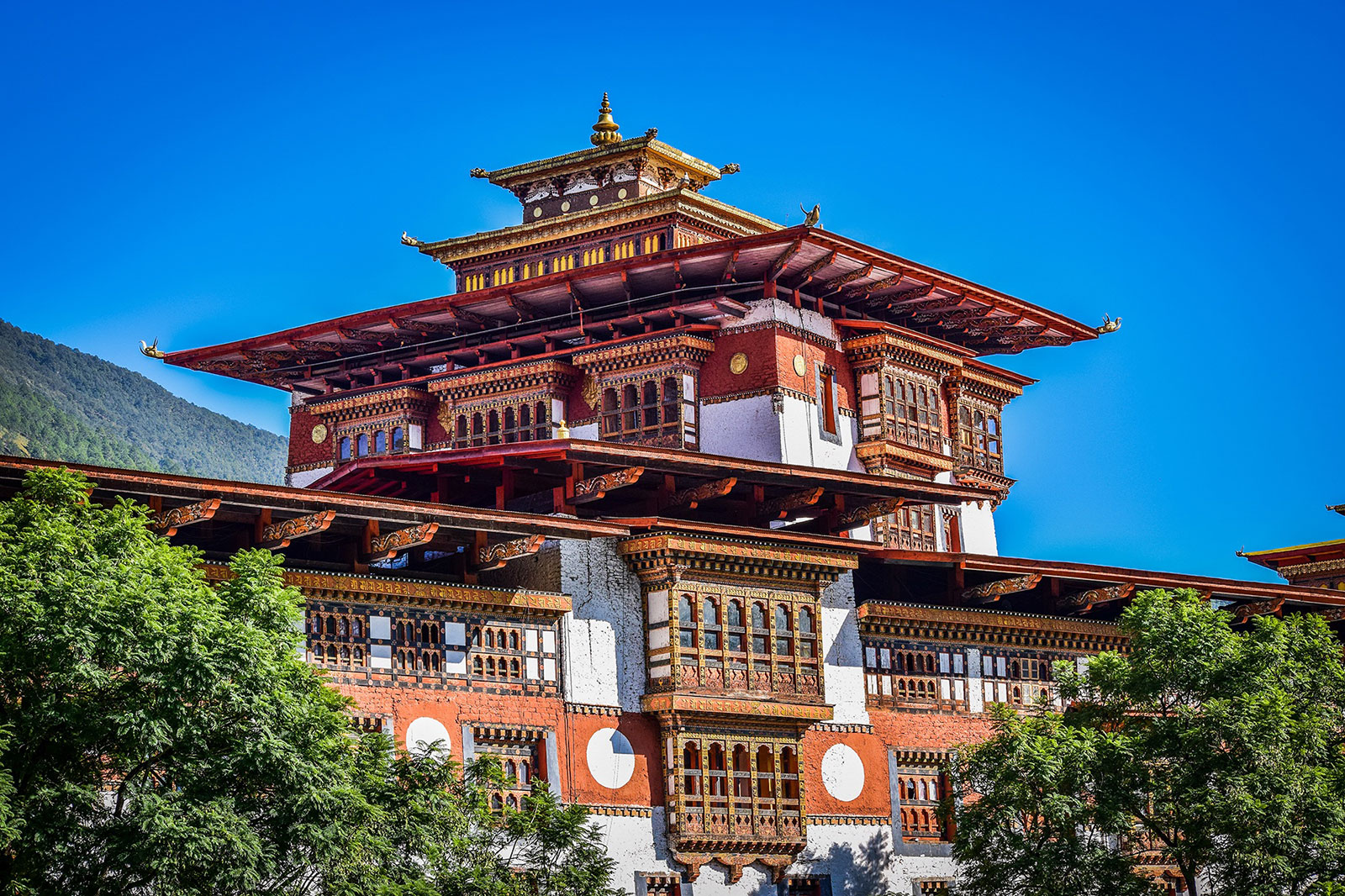The success stories are well known, the failures less so
Whenever 38-year-old Sangay from Chali, Mongar falls ill, she only consults a doctor, dungtsho or health worker after consulting the traditional healer in her locality.
“It’s believed that there’ll be poison in our body, and modern medicine can react with it,” Sangay said.
Like Sangay, there are countless others, who seek help of healers in their community, despite Mongar having one of two referral hospitals in the country. There are also several basic health units in the district’s gewogs.
Faith and convenience, since healers are more accessible were other reasons why people preferred traditional healers over hospitals and doctors.
A popular traditional healing practitioner, Pema (name changed on request), said any person suffering from sudden illness is believed to have consumed or been given dhug(poison), for which sucking it out is the only cure.
“People rely on us to treat bjaney, where healers suck out poison from the genitals, and heal other ailments caused by fractures or diseases,” Pema said.
Sonam, a farmer, said the belief and faith in healers was strong in rural areas. A civil servant said he was a believer, after he was cured of a sickness.
“The healer sucked out the blood and I was healed,” he said.
In Mongar, there are at least two or three traditional healers in every village. The healers are paid in kind, especially food.
There are different methods of treatment. Some practitioners use a horn with a hole at the tip. One end of the horn is placed over the cut and blood is sucked out from the other end.
Some of the practitioners claim they have spiritual power so, before they make the incision, they chant some mantra.
Nearly two hours drive from Mongar town, in Trashigang, Lhang Tshomo, 40, had gritty eyes. It felt like dirt but she couldn’t remove it.
It wasn’t getting better and, when she heard that Dorchey, a ming shoom phakkan (eye cleaner), was attending a meeting near her house, she decided to approach her.
Dorchey, 54, from Gazari in Phongmey, known as “eye cleaner” because of her ingenuity to wipe off dirt from a human eye.
It took Dorchey about half an hour to trace the dirt. After gently rubbing Lhang’s eye with her index finger, Dorchey slid a safety pin’s end into Lhang’s eyes. Sometimes she uses the tender blade of a grass.
“I can feel the dirt but it’s stuck in the flesh since it’s been there for some time,” she said. “Find me a nursing mother, I need milk to lubricate.”
A few minutes later, a woman with a baby shows up to help Dorchey. The lady, as per Dorchey’s direction, sprinkles some milk on Lhang Tshomo’s right eye. In a few minutes, after fiddling with Lhang Tshomo’s eye a few times, Dorchey removes a thin straw-like string.
Dorchey has removed dirt from people’s eyes for over 25 years.
There are stories of how Dorchey cleaned an almost blind man’s eyes and returned his eyesight. “He’d caught dirt while at work and received treatment in the hospital but it didn’t help,” a villager said. “Without Dorchey’s help he’d have gone blind.”
Dorchey said she acquired this skill in 1987 while cleaning her own eye. A man had hurled a fist of sand as a prank, but it disabled her, as she was not able to open her eyes from then on. One night she had a dream, in which she was instructed to clean her own eyes.
“It took me a week to remove the dirt,” she said. “People came to know of what I did, and then they started coming to me for help.”
On the other side of the country in Jumchukha under Namseling in Thimphu, it’s lunchtime and Lhaki, a corporate employee with a broken thumb, is at healer Ap Jagey’s house with biscuits, doma and juice.
Lhaki broke his thumb while playing tug of war with friends.
After examining and feeling Lhaki’s thumb with his fingers, he slowly started massaging his thumb. He speeds up the process and, to everyone’s amazement, pulls the thumb with his hand and turns it clockwise and then anti-clockwise.
He repeats the process for over 10 minutes, rolling, pulling, and placing the bone back into its socket. And as he continues, one can hear cracking sounds.
As Ap Jagey finally gives one last pull, Lhaki’s winces and lets out a huge gasp. The thumb is fixed and placed back in its socket.
Lhaki is advised not to wash his hand with cold water for over a week. “The healing process takes a few weeks to a month, depending on the extent of damage the bone is suffering,” Ap Jagey said.
“This art of healing broken or fractured bones isn’t something to be taught to younger generations,” he said. “One has to possess certain talent and ability to heal.”
Ap Jagey received at least one person a day and doesn’t charge a fee.
He was eighteen when he, by chance, came to start practising this healing method.
He was herding cattle one day, when an ox from his herd fell and broke a limb. It was harvesting season and there was no one he could ask for help.
“I tied the limb with a piece of cloth since it was swollen, and pulled the bones with a firm hand,” he said. “The ox leapt from my grasp and soon enough ran away.”
Surprisingly, after one week, the ox started walking normally and everyone, including Ap Jagey, was amazed by what he did.
After that day, he didn’t look back and continued fixing every broken and fractured bones of cattle, and then he started fixing broken bones of people in his village as well.
Today, after more than five decades, he is known almost all over the country, and is reputed for his miraculous healing. If one sat with him today, Ap Jagey has many tales to tell about how he fixed and cured dislocated bones for different people, from rich and poor to young and old.
What medics say
While tales of success spread like wildfire, there are also less well known stories, where those, who’ve been treated by healers, end up in hospital with septic wounds.
Dungtsho Karma Ugyen, with the National Institute of Traditional Medicine (NITM), said that many still believe in local healers, who are known as ‘menpas’.
The dungtsho said there were a lot of incidents, where people have first opted for suchmenpas, whenever they are suffering from common ailments.
“There are good ones, who perform miraculous healing without a drop of blood, but there are others who perform the healing process by cutting a patient.”
There are, she said, chances of cutting vital nerves. “There are also risks of spreading diseases.”
The practice of extracting blood or ‘poison’ from the body by cutting with a blade of knife is called ‘takzer’. “The person is said to get instant relief,” she said. “But these practices are dangerous if not done in the right and hygienic way.”
In a month, around five to six people visit the indigenous hospital after suffering from infections through such healing processes.
“There are many quacks out there and it’s important for people to be aware of them,” she said.
The dungtsho said, with an increase in population and lack of information on healers, the number is expected to increase.
Superintendent of NITM, Karma Gayley, said there are healers, who have been practising for generations. “We’re planning to train them about the importance of health and hygiene while practising,” he said, adding there are healers, who perform in accordance with religion, which is what dungtshos at the indigenous hospital do.
“We’re planning to preserve such practices and issue certificates to the good ones,” he said.









